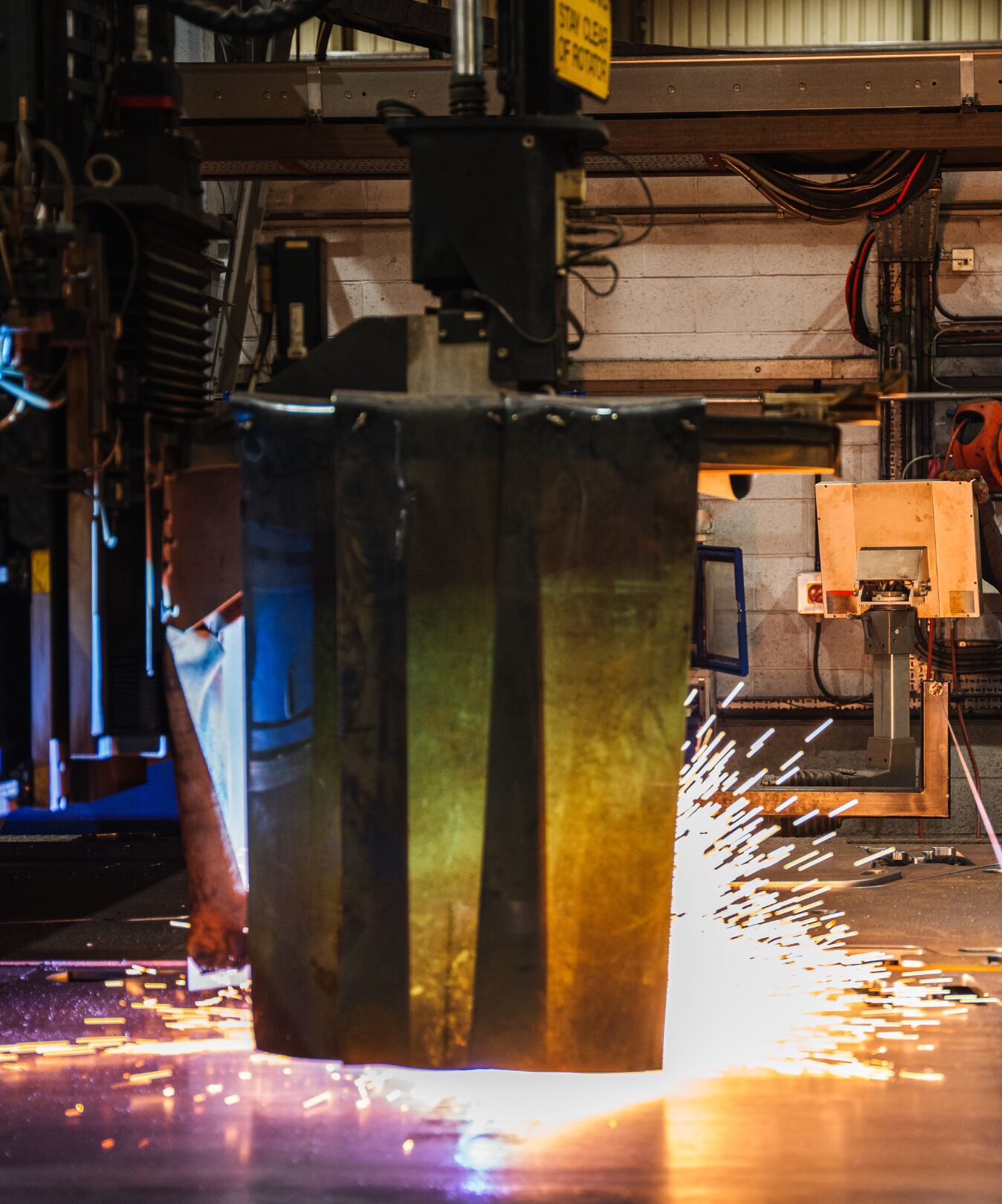
What other joint configurations can require edge bevelling?
There are many joint configurations that may require edge bevelling, that include:
- T joints
- Corner joints
- Lap joints
- Edge joints
- Mechanical bevelling
- Skew head

There are many joint configurations that may require edge bevelling, that include: